As the river narrows or the two rivers collide and merge, the speed of the water flow will increase and become stronger. The flow of water and the flow of light are similar in many ways, encouraging a group of researchers from South-East Asia Polytechnic University in Singapore and Lincoln University of Nebraska to explore whether optical flows exhibit the same characteristics in waveguides. Waveguides A linear structure for transmitting electromagnetic waves between endpoints.
According to a report in the Applied Physics Letters, they tested the infrared sensing properties of this fiber optic miniature coupler and built a sensor that is more sensitive than conventional fiber-based biosensors Times
By using a tricky method to increase the sensitivity of the optical fiber to small refractive index changes in the surrounding environment, small changes in the fiber's molecular or fiber surface can be detected. Although the general idea is well known, this particular method solves an existing sensitivity problem.
The team's fiber optic coupler sensor has the basic concept of "optical interference that can be transmitted along fiber couplers," explains Lei Wei, an assistant professor at the School of Electrical and Electronic Engineering and Engineering at Nanyang Technological University.
Interference is a common natural phenomenon that can occur when light, sound, and even water waves are in the same space.
"In our work, when light travels along an optical fiber, two different modes of fiber optic conduction can be excited in the coupler and interference can occur," Wei added.
Sensors based on optical interference are currently used in many applications, including in the field of biometrics, and using optical fibers makes these devices very compact and economical.
"However, it is reported that one of the disadvantages of most fiber optic biosensors today is that they show high sensitivity only when the surrounding refractive index (RI) is very close to the refractive index of the fiber (1.44)," explained Wei Say. "In practice, the biomolecule detected is actually in the form of an aqueous solution prepared with an index of refraction of water (1.33) that is fairly close to RI, so that the analysis of traceable targets for high sensitivity and the detection of small molecules are fundamentally On the optical fiber-based sensors is challenging.
In the course of their research, they created a fiber-optic coupler sensor that enables ultra-high sensitivity "low-index-range sensing that minimizes 'even-supermodules' through precisely designed parameters in the 1.33 index range And "odd supermodel" group refractive index difference, "he added.
What is a supermodel? A typical fiber optic coupler consists of two parallel, closely aligned microfibrils with two inputs (P1 and P2) and two outputs (P3 and P4), two transition cones, and a central uniform "Waist-shaped" area. The injection mode fields resulting from the input mode are referred to as "supermodels" and include both odd and even distributions. When the parity supermode propagates along the fiber coupler, the power exchange and the resulting interference spectrum can be obtained at the output.
The panel's experimental results show that its sensors are more sensitive to ~ 20X than conventional fiber optic biosensors.
"The resulting ultra-sensitive mechanism not only creates a wide range of opportunities for chemical and biological sensing applications, but also broadens the reach of other interferometric fiber optic sensors and even acoustical sensors," Wei said.
Because of its ultra-high sensitivity, this group of researchers is the ideal choice for target analysis and small molecule detection.
"It also enables a wide range of applications in medical diagnostics and environmental monitoring, such as early detection of cancer and other diseases and detection of heavy metals in water," Wei notes. "In the near future, we hope to develop into a new sensing platform with high sensitivity and fast response time, which is feasible and low-cost and can be applied in a doctor's office."
The team's next step is "to make the sensors arrayed and to further explore their sensing properties for cancer biomarkers," Wei said.
Hebei Naimei Bearing is specialized in manufacturing various bearings, especially deep groove ball bearings. As a professional bearings manufacturer,we are able to provide a full range of bearings, including different sizes, materials, and types. You can learn more about us through the following content. We can customize Miniature Ball Bearings according to customer's drawing or sample and we can also print customer's LOGO on the miniature ball bearings.Except the ball bearings,we have electric motor bearing,ceiling fan bearing and so on.
Advantage of our company: 1. More than 10 years industry experience 2. Accept OEM serivce, customization, Customer's logo 3. Professional technical support 4. Good ability of cost control to make our price competitive
Product Photos:
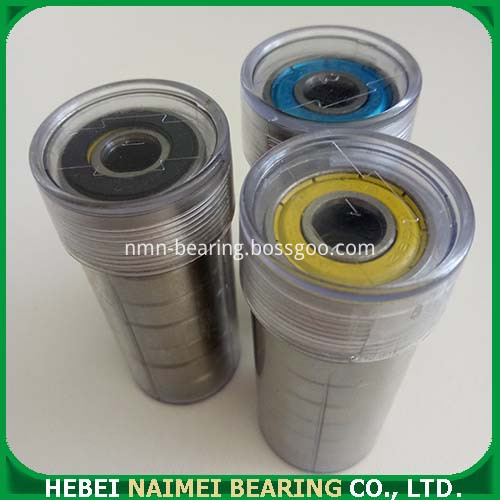
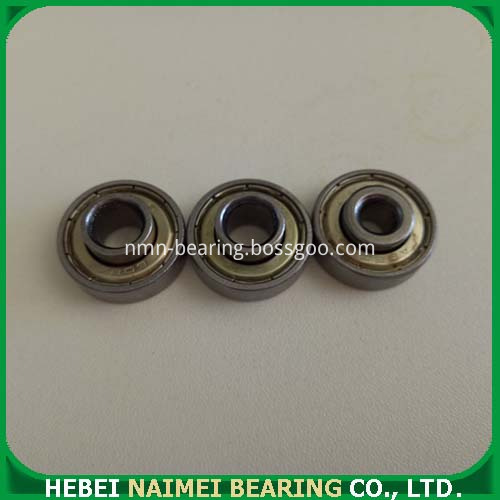
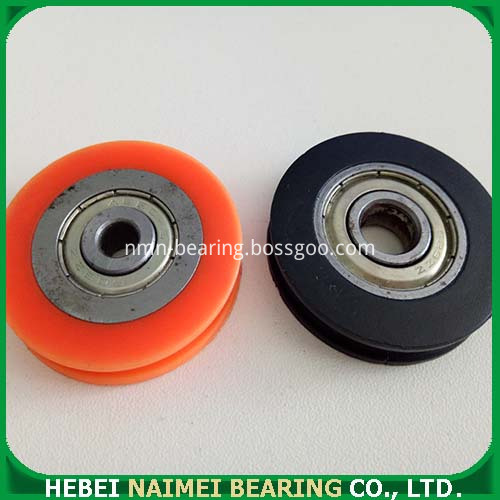
Packing:
1 Industry package: 200pcs/plastic bag, 2000pcs /carbon , 50 cartons/pallet ,
2 Tube Package: 10PCS/tube,then put in Carton and Pallet
3 Single Package: 1PC/single box, then put in Carton and Pallet
And also we can pack according to your requirement.
Packing Photo:
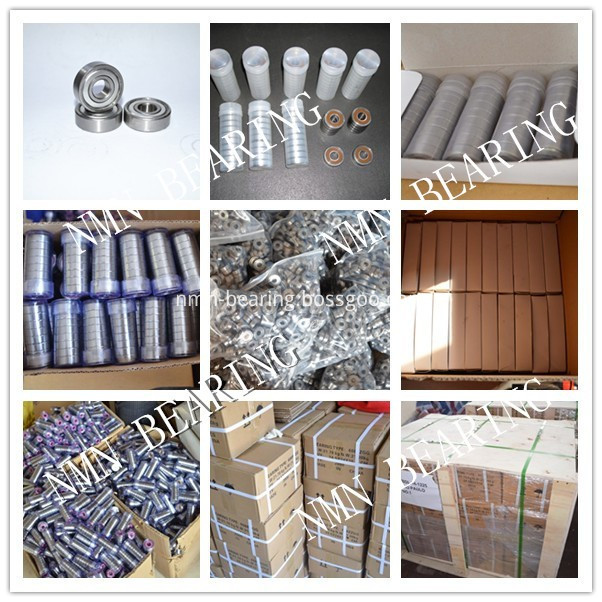
Shippment:

Workshop:

Exhibition:
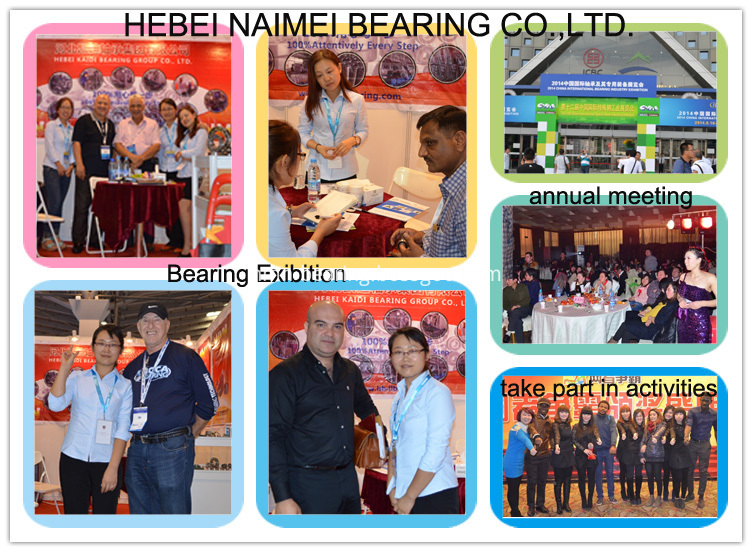
6200 Series Deep Groove Ball Bearing
6200 Series Deep Groove Ball Bearing,High Speed Motor Bearing,Motorcycle Bearing 6200,Automotive Ball Bearings 6201
Hebei Naimei Bearing Co., Ltd. , https://www.nmn-bearing.com